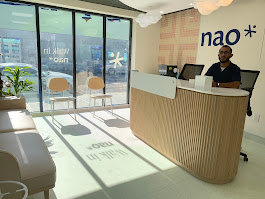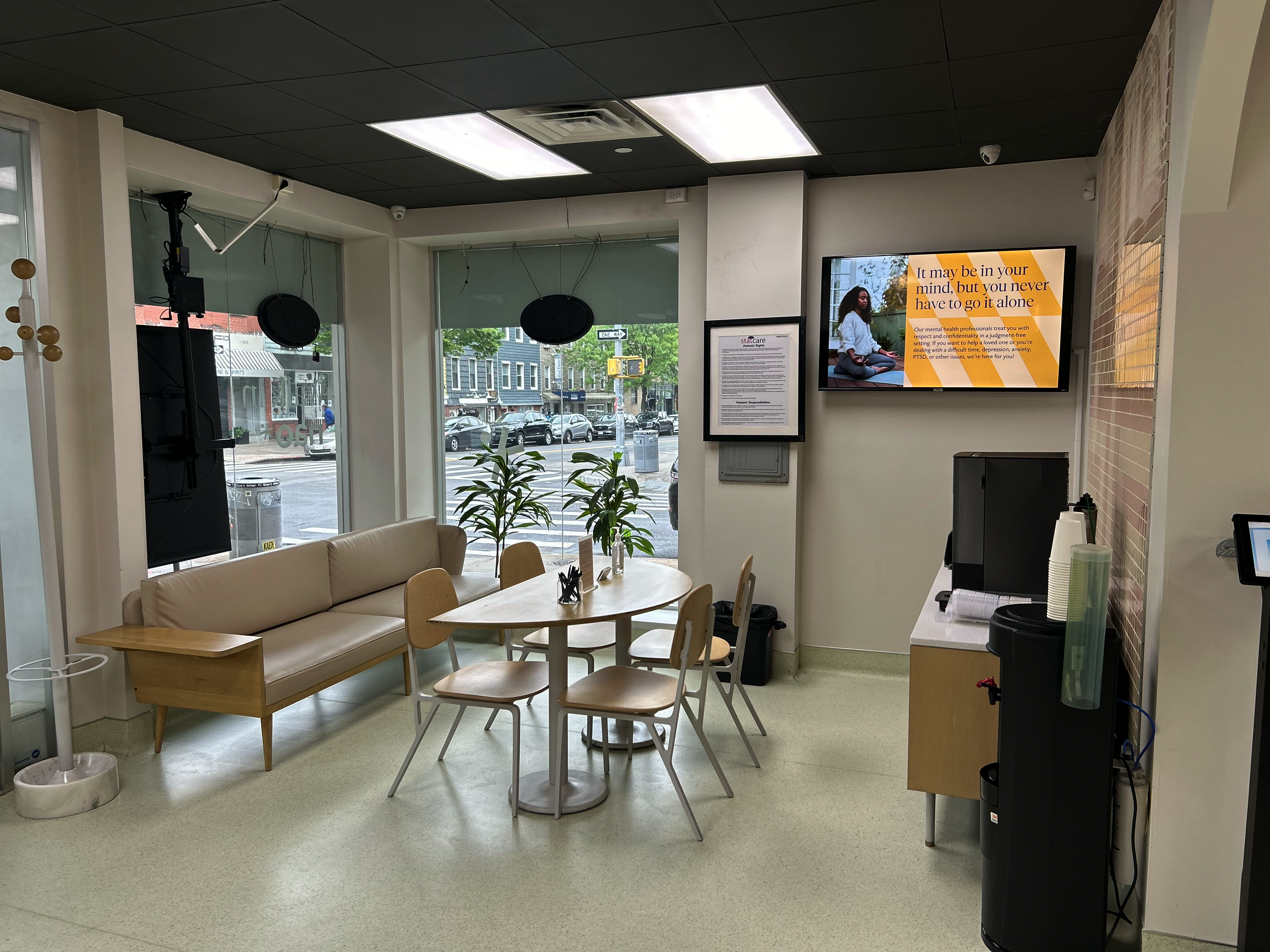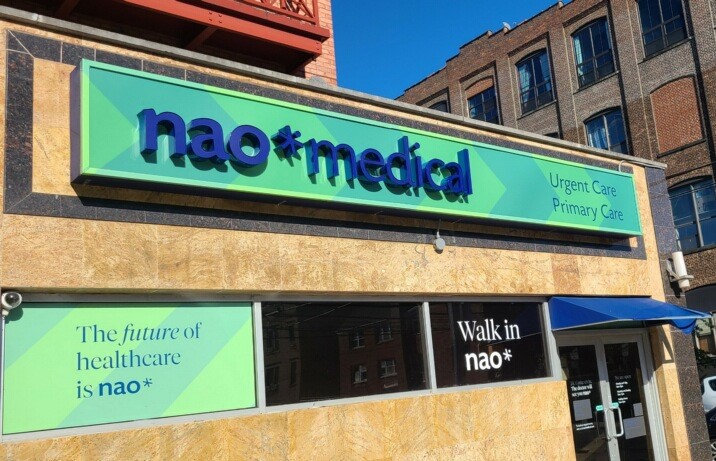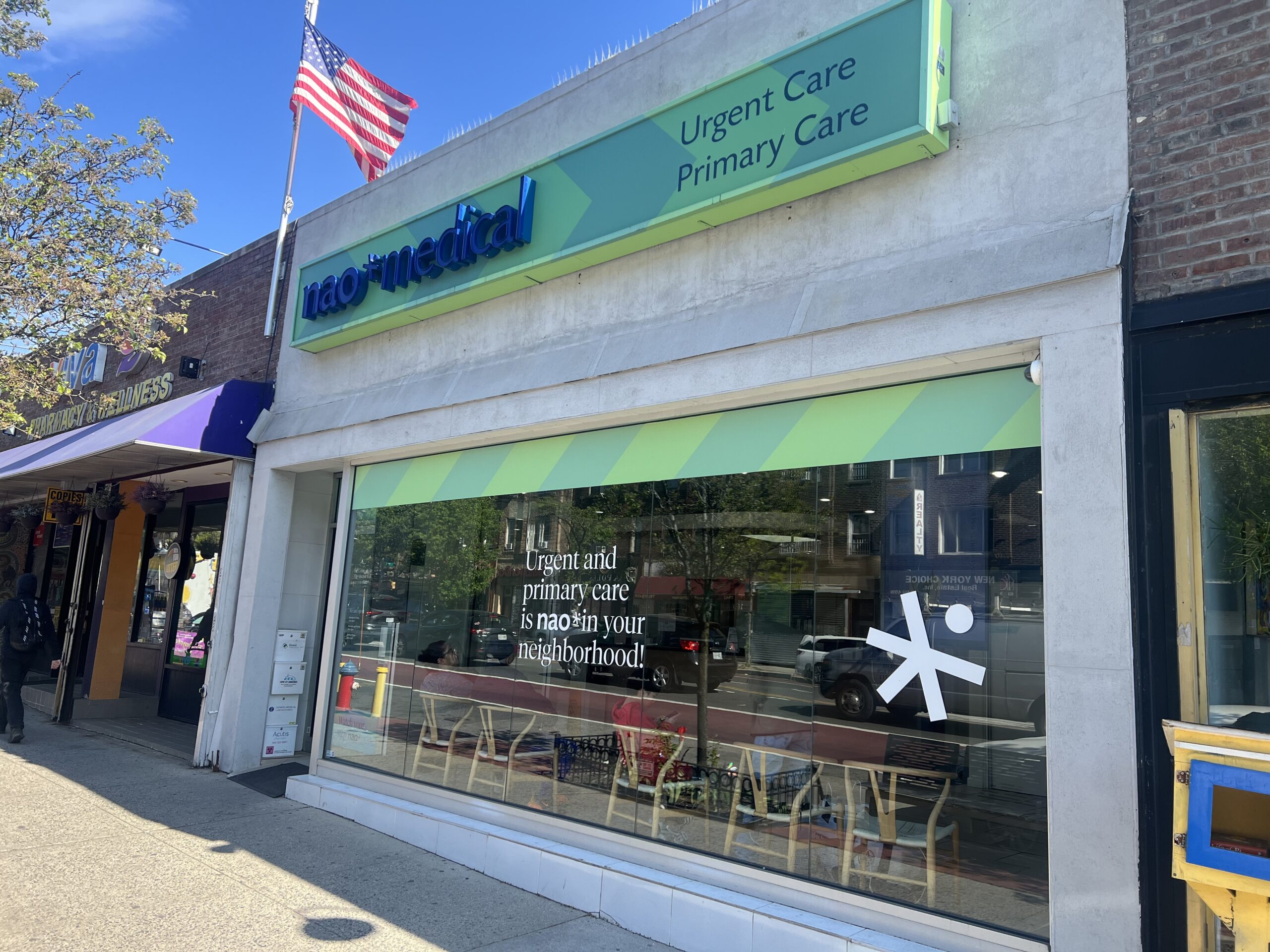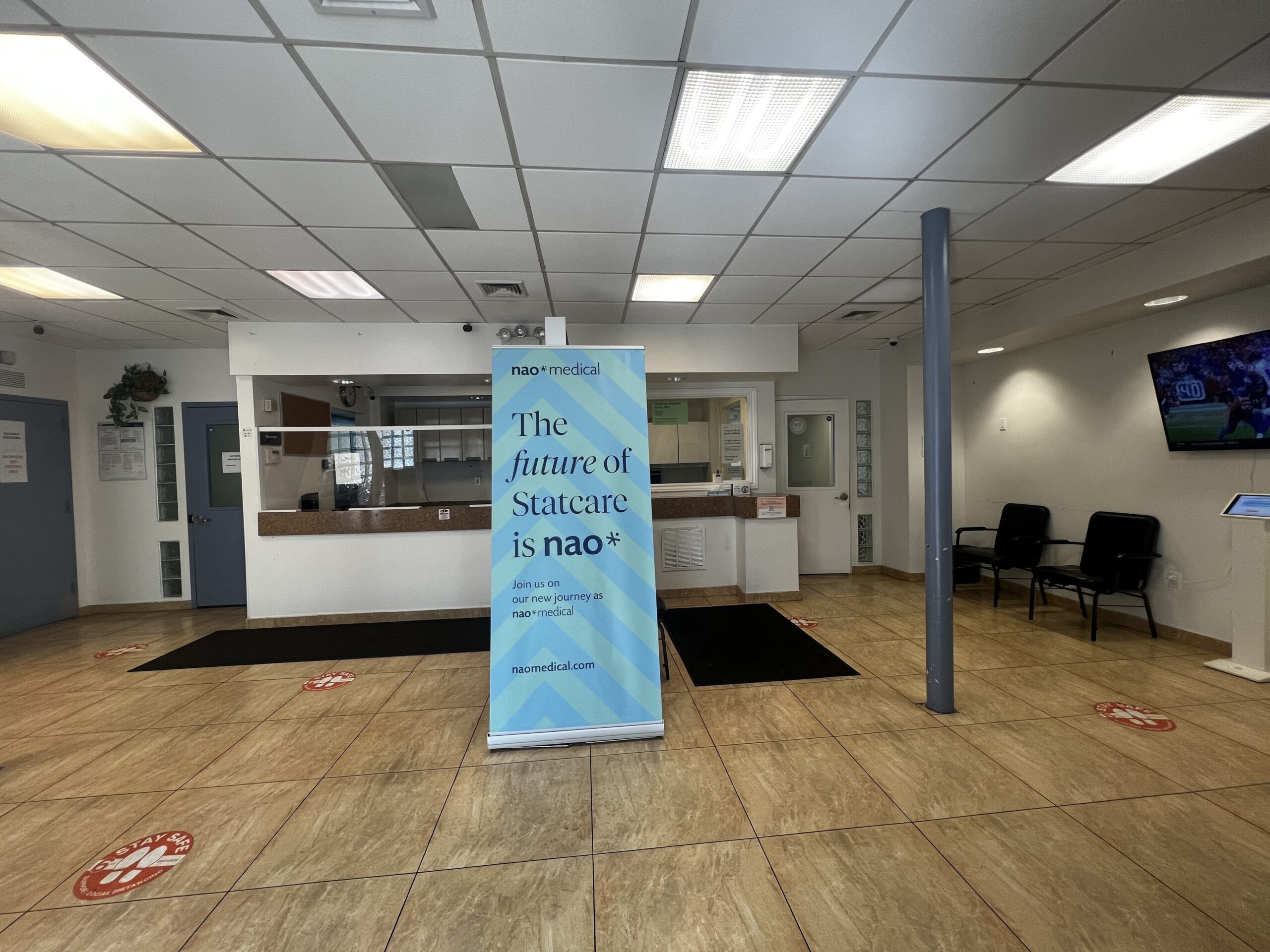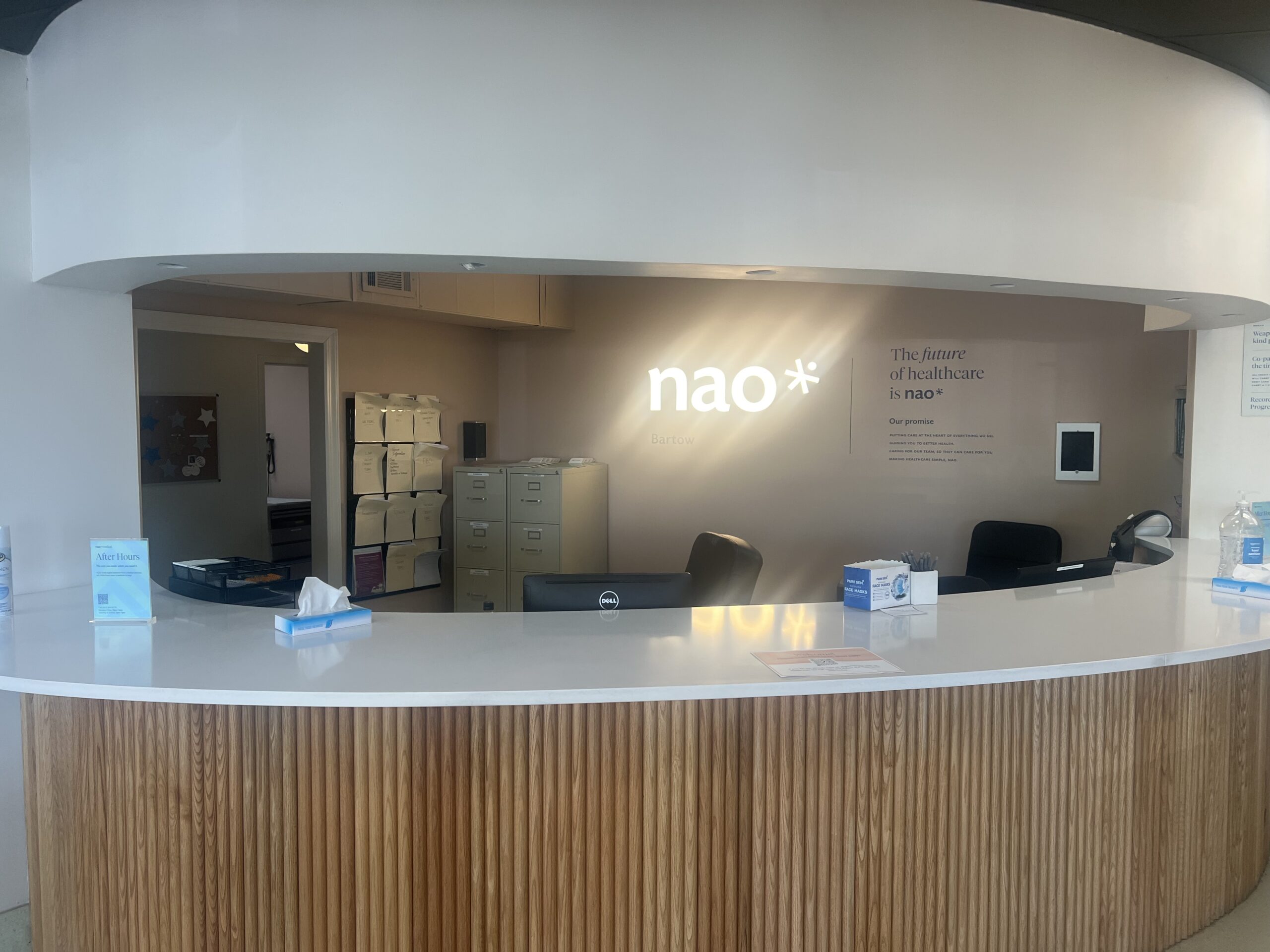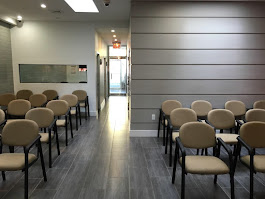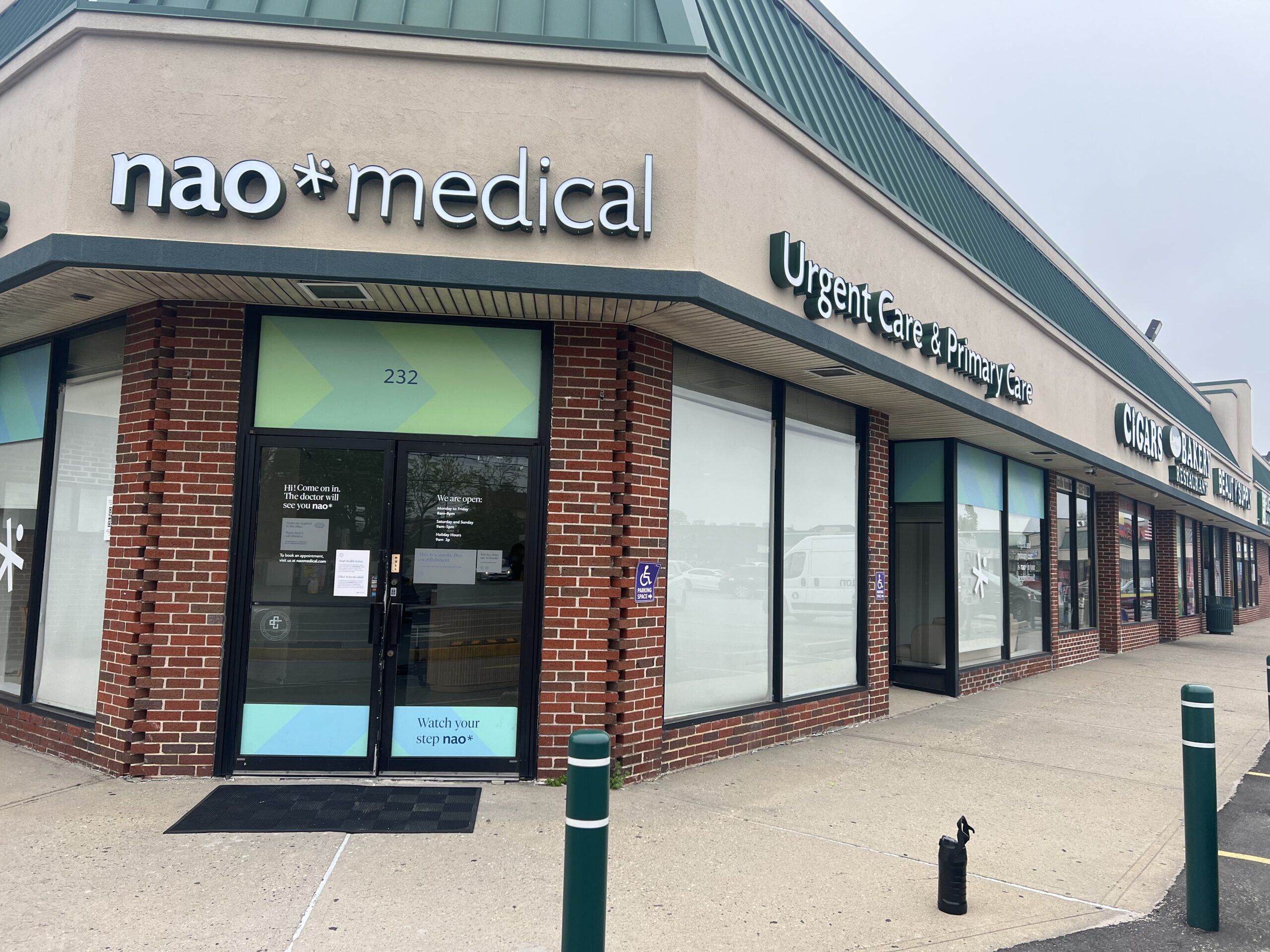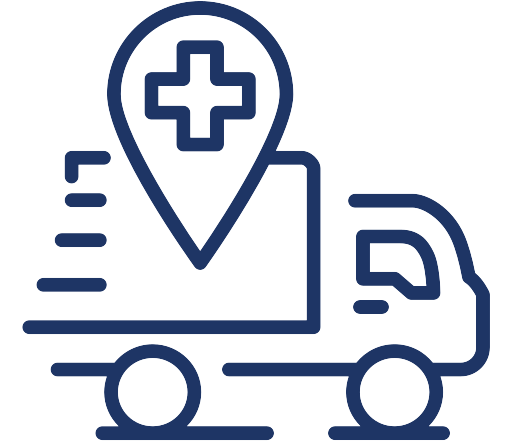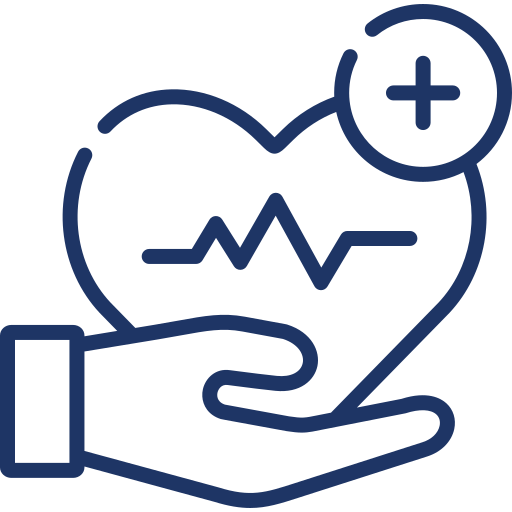In the United States, eye problems are a common workplace injury affecting thousands of workers each year. According to the American Academy of Ophthalmology, 90 percent of these eye injuries could be avoided by wearing the proper eye protection.
Workplace Eye Health and Safety Awareness Month, also known as Workplace Eye Wellness Month, is celebrated annually in March to remind employers and employees of the importance of eye safety on the job. This month, we’re taking a closer look at the reasons why eye health and safety should be a top priority for everyone in the workplace.
Eye problems can be serious
Eye problems are a common issue among employees, with vision problems, eye diseases, and age-related macular degeneration being some of the most common. These problems can be a nuisance, making it harder for workers to see their screens, read documents, or see objects 20 feet away. They can also be debilitating, impacting a person’s ability to perform their job. Wearing contact lenses or glasses can help, but it’s important to take proactive steps to prevent eye injuries and protect your eyes from harmful chemicals or other hazards on the job.
Workplace eye injuries are common
Eye injuries in the workplace are also a common problem, with over 2,000 injuries occurring every day in the United States alone according to the National Institute for Occupational Safety and Health (NIOSH). These injuries can be caused by a variety of hazards, including chemical splashes, flying debris, and blunt force trauma. In many cases, these injuries could be prevented with the use of proper safety eyewear.
Common eye hazards at work
The most common workplace eye hazards include flying or falling objects, chemical splashes and fumes, intense light exposure, and dust particles. These hazards can be found in a variety of industries, including construction, manufacturing, transportation, health care and more. Employers should take proactive steps to identify these hazards and provide the necessary protection for their employees.
- Chemical splashes: Chemicals can splash or splatter into the eyes, leading to irritation and other eye problems. Employers should provide protective eyewear such as goggles, face shields, and chemical-resistant safety glasses for employees working with chemicals.
- Flying or falling objects: Loose objects can fly or drop from heights and cause serious injury to the eyes. Protective eyewear should be worn when using tools or working in areas where there is a risk of objects falling.
- Intense light exposure: Working with intense sources of light, such as lasers, welding equipment, and other high-powered lighting can cause eye damage. Specialized protective lenses should be provided to employees who work with these types of light sources.
- Dust particles: Working in dusty environments can cause irritation and even long-term damage to the eyes. Employers should provide dust masks or respirators to employees working in dusty areas, as well as safety goggles for additional protection.
- Computer screens: Prolonged use of computer screens can cause eye strain, fatigue, and headaches. Employers should provide their employees with ergonomic workstations that are properly adjusted to reduce the risk of vision problems caused by computer use.
Safety glasses and 20-20-20 rule
Safety glasses are an essential component of eye safety in the workplace, providing protection from hazards like flying debris and chemical splashes. Employers should provide their employees with appropriate safety glasses and ensure that they are worn at all times in areas where eye hazards are present.
Additionally, workers should take regular breaks to give their eyes a rest, especially when working on a computer screen for long periods of time. The 20-20-20 rule is a useful guideline to follow: every 20 minutes, take a 20-second break to look at something 20 feet away. This can help reduce eye strain and prevent vision problems associated with prolonged computer use.
Contact lenses and eye hazards
For those who wear contact lenses, it’s important to be aware of the potential risks associated with eye hazards in the workplace. Contact lenses can trap harmful chemicals or other foreign objects against the eye, increasing your risk of eye injury or infection. Workers who wear contact lenses should take extra precautions, such as wearing safety glasses over their contact lenses and washing their hands frequently to prevent contamination.
Protecting your eyes from the sun
It’s not just hazards in the workplace that can cause eye damage; exposure to UV rays from the sun can also be harmful to your eyes. Workers who spend time outside should wear sunglasses or other protective eyewear that blocks 100% of UV rays to reduce their risk of developing eye diseases like cataracts or macular degeneration.
Make eye safety a priority
In conclusion, workplace eye health and safety should be a top priority for everyone in the workplace. Eye problems, workplace eye injuries, and eye hazards are all serious issues that can impact a person’s ability to perform their job and enjoy their daily life. By taking proactive steps to prevent eye injuries, you can protect your vision and avoid unnecessary eye damage.
Remember, taking care of your eyesight is just as important as keeping up with the other aspects of your health. Drop by a Nao Medical urgent care location and get your eyes checked. Don’t wait until it’s too late. Keep your eyes healthy today.
 (917) 310-3371
(917) 310-3371